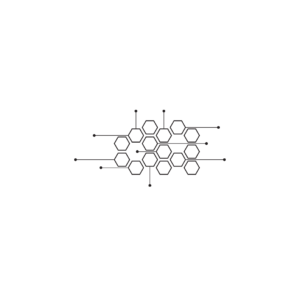Description
A Master of Science (M.Sc.) in 3D Animation and Visual Effects (VFX) is a specialized program aimed at providing students with advanced knowledge and skills in 3D animation techniques and the creation of visual effects for various media. This program typically blends artistic creativity with technical proficiency, preparing graduates for careers in animation, film, video games, and multimedia industries.
Curriculum Overview
The curriculum for an M.Sc. in 3D Animation and Visual Effects typically combines practical training with theoretical knowledge, ensuring that students are well-equipped for the demands of the industry. While the specific courses might vary by institution, common components include:
Core Components
Fundamentals of 3D Animation:
Introduction to the principles of animation, including timing, motion, and character development. Students learn to create animated sequences using industry-standard software like Autodesk Maya or Blender.
Character Design and Animation:
Focus on developing character models and animating them, exploring rigging, skinning, and the principles of character movement.
Visual Effects Techniques:
Training on creating and integrating visual effects, covering key concepts such as particle systems, dynamics simulations, and compositing using tools like Adobe After Effects or Nuke.
3D Modeling and Texturing:
Instruction on creating 3D models and applying textures, including organic and hard surface modeling, UV mapping, and materials creation.
Lighting and Rendering:
Techniques for lighting 3D scenes for realistic effects and rendering final outputs using different rendering engines (e.g., Arnold, V-Ray).
Compositing and Post-Production:
Understanding the compositing process, where multiple visual elements are combined into a final image or sequence, and the overall workflow in post-production.
Advanced Animation Techniques:
Exploration of complex animation methods, including motion capture, creature animation, and simulations for realistic movement.
Storyboarding and Visual Storytelling:
Focus on the narrative aspects of animation, including storyboarding techniques that help in visualizing and planning animated sequences.
Industry Standards and Professional Practices:
Exposure to the latest industry tools and collaboration methods, preparing students for professional environments with a focus on best practices.
Capstone Project or Thesis:
A final project that allows students to create a substantial body of work, often culminating in a short animated film or a series of visual effects applications that showcase their skills.
Career Opportunities
Graduates of an M.Sc. in 3D Animation and Visual Effects have diverse career options in various fields, including:
3D Animator: Creating animated sequences for films, video games, and commercials, focusing on bringing characters and environments to life.
Visual Effects Artist: Designing and implementing VFX elements in films, television, and digital media, working to create seamless interactions between live-action and digital content.
Character Modeler: Specializing in creating and texturing 3D character models for animation and game development.
Motion Graphics Designer: Developing animated graphics and titles for video production, including promotional content and branding.
Compositor: Combining various visual elements to create the final images in films or commercials, focusing on layering, color correction, and effects integration.
3D Modeler: Creating detailed 3D models for various applications, including characters, props, and environments in games and films.
Lighting Technical Director: Focusing on lighting setups and rendering techniques to achieve the desired visual effects in animated scenes.
Game Designer: Developing game narratives and environments, with a focus on animation and VFX within interactive gaming experiences.
Further Education
After completing an M.Sc. in 3D Animation and Visual Effects, graduates may choose to specialize furtherthrough certifications in specific software, advanced animation techniques, or digital storytelling. Some may pursue doctoral studies focusing on digital media, animation theory, or interdisciplinary studies related to visual arts.
If you have any questions about the Master of Science in 3D Animation and Visual Effects program, potential career paths, or related topics, feel free to ask!









